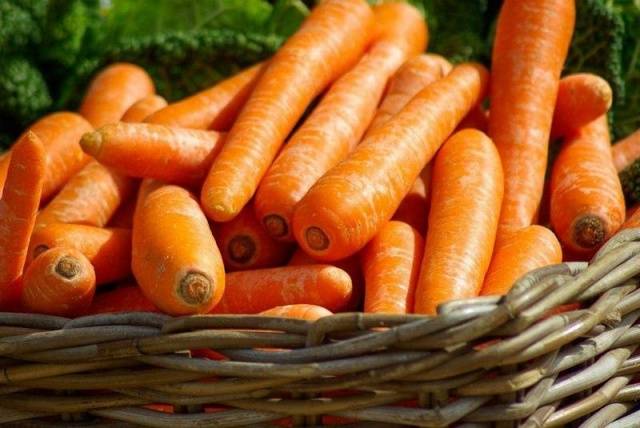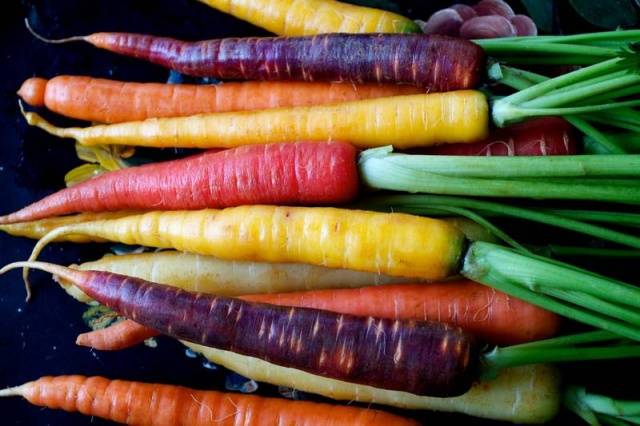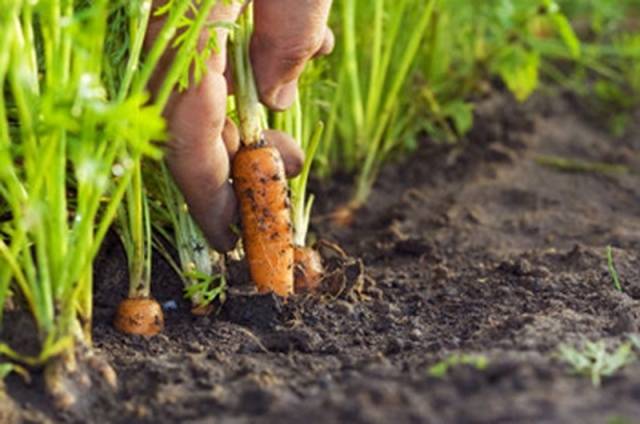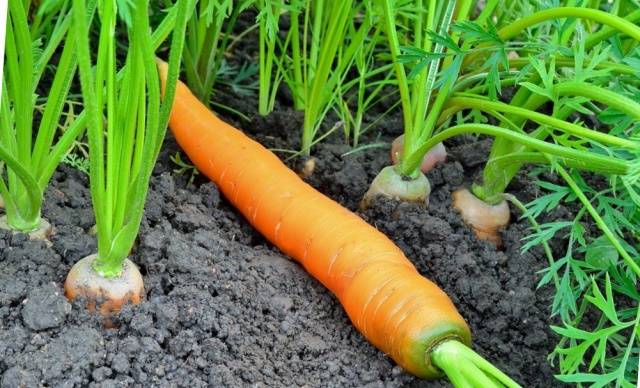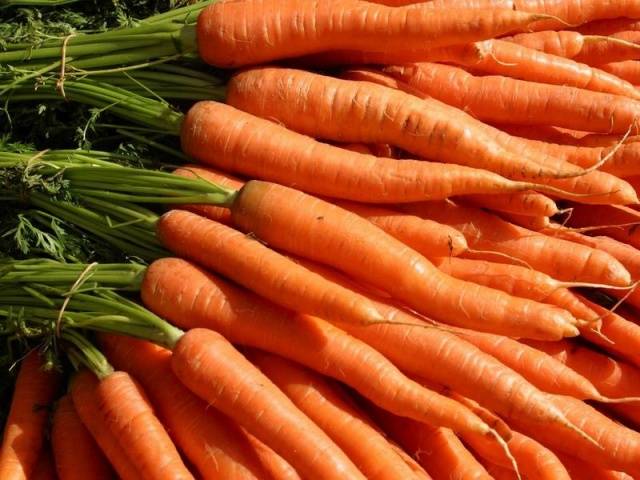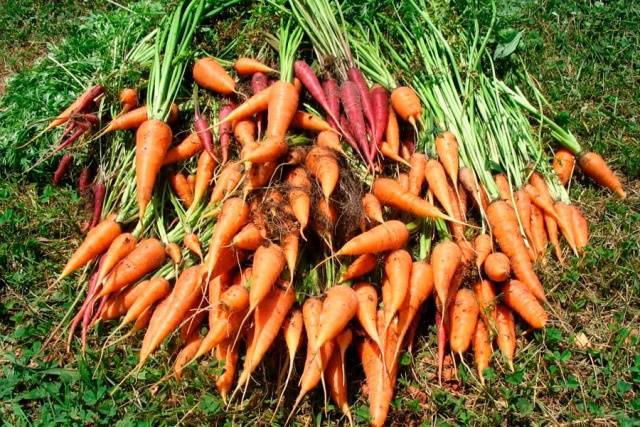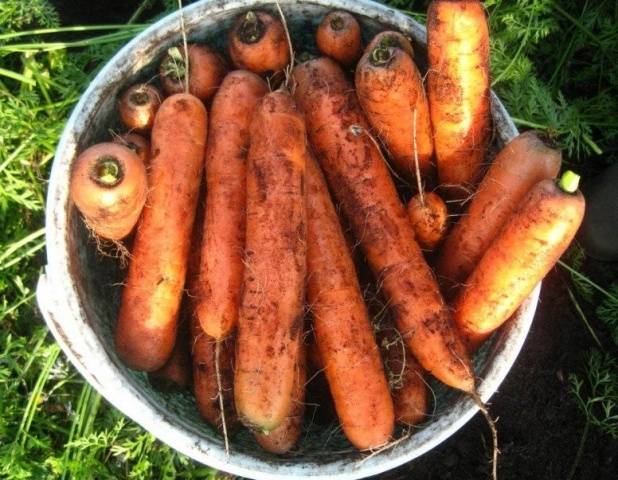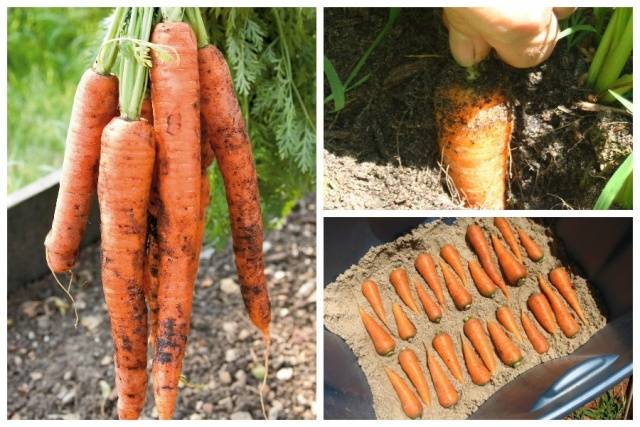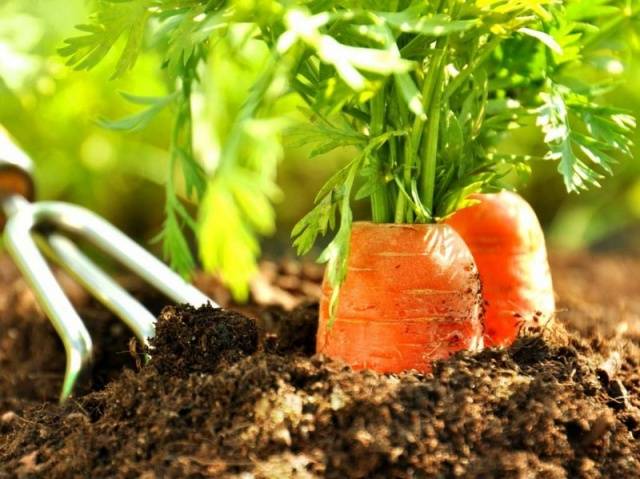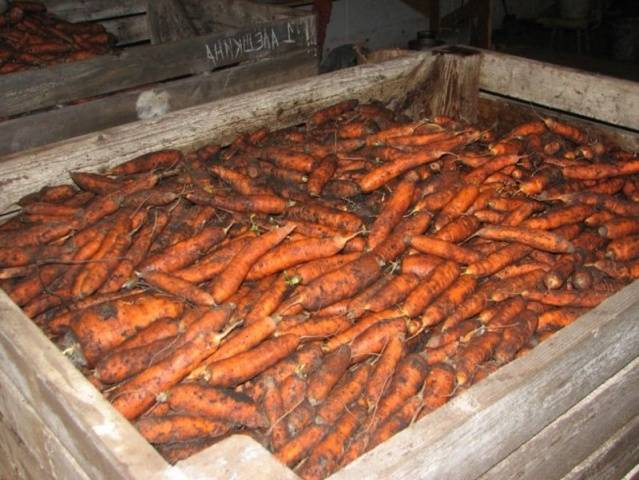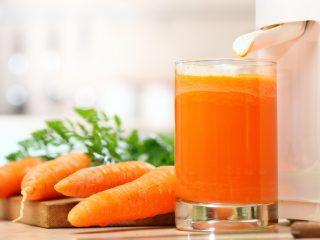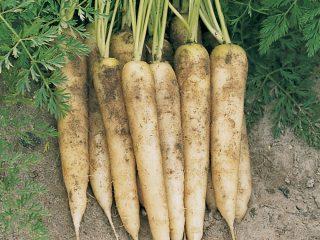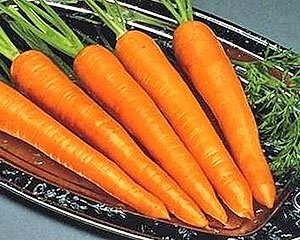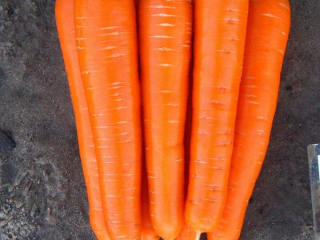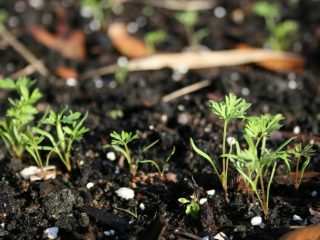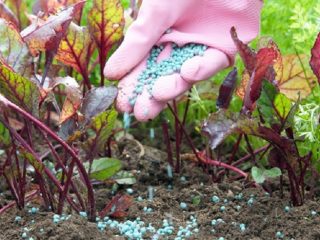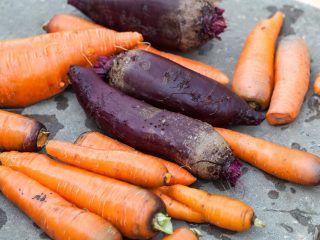Content
The question of when to harvest carrots from the garden is one of the most controversial: some gardeners recommend doing this as early as possible, as soon as the root crops ripen and gain weight, while others, on the contrary, believe that harvesting carrots should be late, this is the only way the vegetable will be nourished all useful microelements.
Who is right, in what timeframe the carrots should be harvested, and also how to store the root crop - there will be an article about this.
When to dig carrots
Typically, gardeners harvest carrots based on the appearance of the root crops and their size. In principle, this is the correct approach, because The saturated carrots, deep orange in color and large in size, are certainly ripe and ready to be dug up.
But, on the other hand, there are situations when an external assessment may turn out to be unreliable. Calculating the time to dig carrots requires taking into account several factors, such as:
- Root variety.
- Rate of maturation.
- The purpose of the vegetable (for fresh consumption, for processing, for winter storage or for sale).
- The condition of the aboveground and underground parts of the plant.
- Weather conditions in a specific area.
Collection of carrots of different varieties
The timing of carrot harvest largely depends on the variety of this root vegetable. This is not surprising, because outwardly ripe carrots of different varieties can look completely different.
Today there are seeds of hundreds of types of carrots on sale, and all the fruits are different from each other. Therefore, before digging a carrot, you need to look at the seed bag to understand what a mature root vegetable should look like. More It would be nice to taste the vegetable, because ripe carrots have a special pronounced flavor, crispy flesh and a pleasant vegetable aroma.
Regardless of the variety, carrots should be harvested no earlier than the lower leaves begin to turn yellow.
Harvesting early ripening carrots
As you know, early-ripening varieties of carrots are grown not for storage, but for sale as the first young vegetables, for making salads, vitamin cocktails and juices.
Early ripening carrots are very juicy and tasty, but they are poorly stored, so most often, such root vegetables are pulled out gradually - as needed. You need to pull out carrots in such a way as to simultaneously thin out the rows, thereby providing nutrition to neighboring root crops.
There is no need to leave holes in the ground from torn carrots; these holes should be covered with earth and compacted, otherwise infections and carrot flies will penetrate through them to the root crops.
Mid-season varieties of orange root vegetables are also not suitable for long-term storage, but such carrots already tolerate transportation well and may well retain their presentation for several weeks, or even months.
Its appearance will tell you when to harvest a medium-sized carrot: the lower leaves of the tops will begin to dry, the root vegetables themselves will reach the optimal length and diameter for the variety, the color of the vegetable will become rich and the taste will be pleasant.
You should not rush to harvest mid-season carrots, because then the vegetable will not gain enough weight and will not accumulate the required amount of nutrients and very healthy carotene. But over-holding such carrots is also dangerous, because in wet soil the roots can rot, and excessive drought will quickly dry out the tops and root vegetables - the vegetable will become limp and tasteless.
With late-ripening varieties, everything is somewhat simpler; as popular wisdom suggests, the harvesting of winter varieties of carrots should be completed by September 24, the day of Cornelius. After this date, real cold begins throughout almost the entire territory of Russia; night temperatures can drop below zero, which is very dangerous for any root crops.
Although carrots are considered a cold-resistant crop, their fruits do not need to be kept in the ground when the temperature drops to -3 degrees, this leads to rotting of root crops and infection with various infections - the immunity of frozen carrots is significantly reduced.
Harvesting carrots too early can also cause problems. This vegetable does not like sudden changes in temperature, so if you tear out the root crop from still warm soil and place the crop in a cold cellar, nothing good will come of it - at best, the carrots will become limp, and at worst, they will become infected with gray rot.
Typically, mid-season varieties ripen in 80-100 days, late carrots will need 110-120 days to fully mature - these numbers should be used as a starting point when determining the harvest date.
The following signs will tell you that the carrots have been “staying too long” in the garden:
- the appearance of small roots on root vegetables covering the entire length of the vegetable;
- complete drying of the tops;
- carrot cracking;
- fruit lethargy;
- faded color;
- rotting or damage by pests and rodents.
And most importantly, overcooked carrots will become tasteless, they may become bitter or lose their unique aroma.
Such a harvest will not be able to be stored for a long time - damaged root crops will not survive until spring.
When and how to collect carrots for winter storage
It is very difficult to grow any vegetable crop, but it is even more difficult to preserve root vegetables until next spring, providing your family with vitamins and beneficial microelements.
As mentioned above, the most important thing is to determine the right time to harvest. It is important to understand that only well-ripened carrots are fully saturated with vitamins, receive a large dose of carotene, and can be stored for a long time.
Based on the above, it can be unequivocally stated - cool autumn days are simply necessary for the carrot harvest; they should not be harvested before the second half of September.
The only exceptions may be cases of weather anomalies: a sharp drop in temperature, frost, heavy and prolonged rains. In such cases, the gardener tries to save at least part of his harvest; there is no time to think about the vitamin composition of carrots.
In order for carrots to be stored well, they must be harvested correctly. There are several recommendations about this:
- If the length of the root vegetables is short, it is better to pull the carrots by hand. In this case, the root crop is held near the base and pulled by the lower part of the tops. A ripe, elastic vegetable should come out of the ground easily. Difficulties can arise when the soil on the site is too dry and cracked.
- In such cases, as well as when the root crops are long and large, it is better to use a pitchfork or shovel. You need to work with the tool carefully: stepping back from the row a few centimeters, they simply dig up the ground. Fragile carrots crack easily and can be cut with a sharp shovel; this should not be allowed.
- Do not leave dug carrots uncut. The opinion that root vegetables should be left with uncut tops for several days, and left directly on the beds, is fundamentally wrong. This cannot be done for one reason - the tops will lose nutrition and begin to draw moisture from the root vegetables, thereby drying out the carrots and making them tasteless. Subsequently, the crop will begin to rot and will be stored very poorly.
- It is better to remove the tops immediately after digging up the carrots and this should be done not with your hands, but with a sharp knife or scissors - this way the cut will be neat and the risk of infection getting into the “wound” is minimal.
- You should not leave “tails” - the tops of carrots must be cut “at the root”, that is, capturing 1-2 mm of the root crop itself. This is the only way to cut off the dormant buds, and the carrot will not be able to send out young shoots as soon as it senses spring.
Properly removing carrots is half the battle; they need to be prepared for storage. The collected carrots are thoroughly cleaned of adhering soil and laid out in one layer under a canopy. The area should be cool, dark and well ventilated. So, root vegetables are dried for several days.
The fact is that carrots’ “wounds” heal very poorly, they get infected, and the vegetable rots, infecting neighboring fruits.
Now you need to sort the carrots, remove damaged, limp fruits. The harvest is laid out in boxes and left in a cold room for a couple of days. This is necessary so that the vegetable “gets used” to the basement cold - the carrots will evaporate excess moisture and will not “sweat” after being placed in the cellar.
In the basement, boxes or boxes with root vegetables are not placed directly on the floor; it is necessary to build a platform or place several bricks and bars under the container.
Results
Drawing conclusions, we can once again note the importance of determining the correct date for harvesting carrots. It is absolutely unacceptable to harvest this root crop at random, whenever you want, because then the carrots will not only lose weight and nutritional value, the root crops will not be stored well and will begin to wither and rot.
When to harvest carrots, each gardener must decide for himself. It is important to take into account all related factors, such as weather, variety, ripening time and appearance of the fruit.

